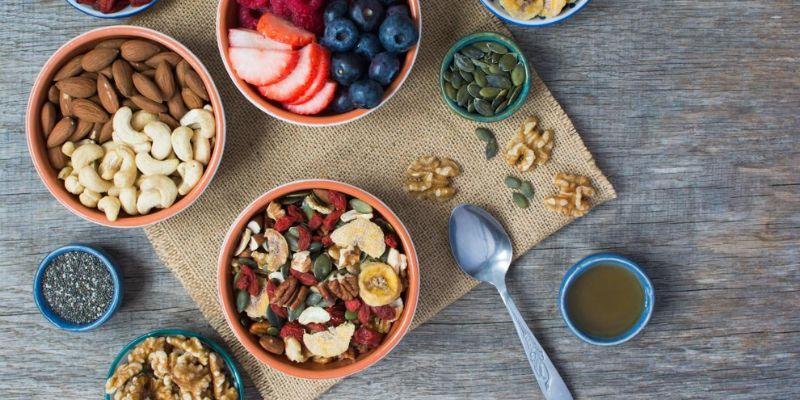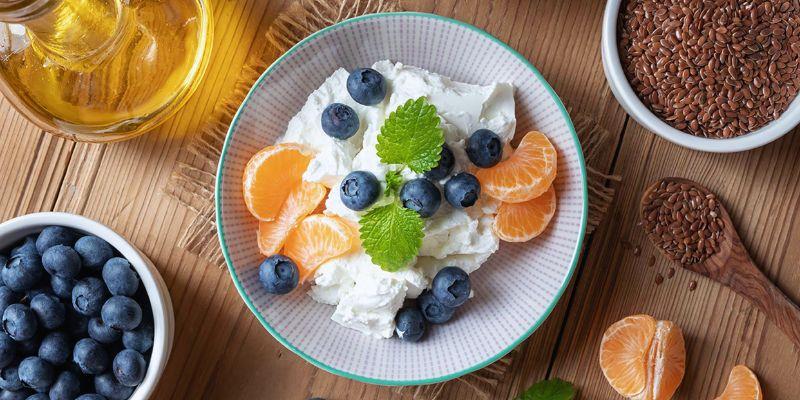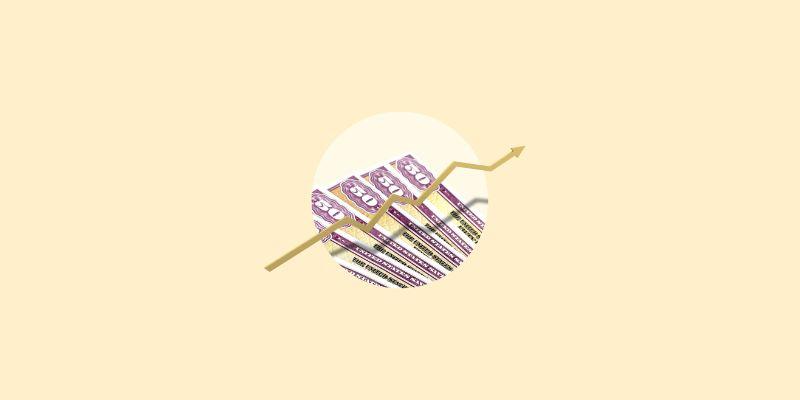If it feels like there is a new way to eat every time you scroll social media, you are not wrong. From juicing to fermenting, spiralising, avoiding gluten, eating more meat, or eating only in bowls, food trends come and go in waves. But, sometimes a trend captures the attention because it taps into something timeless. The Primal diet is one of those trends!
The Primal diet is a modern eating plan that is inspired by the diets of our ancient ancestors. The approach emphasizes that people should consume only raw or minimally processed foods, including vegetables, dairy products, cooked meats, and certain oils. Although it may sound strict, the Primal diet is surprisingly satisfying and sustainable. If you also want to adopt this long-term wellness approach, know more about it and its remarkable health benefits in detail here!

What Is The Primal Diet?
The Primal Diet is inspired by how humans ate during the Paleolithic era. It was created by Mark Sisson, a former athlete and health enthusiast. He introduced this diet in his book “The Primal Blueprint” in 2009. The primal diet focuses on foods that were available before the advent of modern farming, such as meats, vegetables, and nuts. Aside from that, diet also avoids processed foods.
Primal diet is not just about food but also about living a lifestyle that mimics the active and stress-free lives of early humans. By returning to a simpler way of eating and living, the Primal Diet aims to enhance energy, reduce inflammation, and promote overall well-being. It’s similar to the Paleo diet but less strict. It also allows for some modern foods, such as dairy, if they work for the individual. The focus is on eating high-quality, nutrient-rich foods that support the body’s natural functions.
Primal Diet Food List
The Primal Diet aims to provide balanced nutrition that fuels the body, keeping you feeling full and satisfied without the empty calories found in processed foods. The diet emphasizes avoiding chemicals and pesticides. Here are the foods you can eat on the primal diet:
- Meat: Meat, especially grass-fed beef, chicken, pork, and wild-caught fish like salmon, makes up the major part of the Primal diet.
- Eggs: Eggs are also a staple, providing protein and healthy fats.
- Vegetables: The most important part of the Primal diet is vegetables, especially leafy greens, broccoli, carrots, and other colorful vegetables.
- Fruits: Fruits like berries are included for their antioxidants, but in moderation due to natural sugars.
- Nuts and Seeds: Nuts and seeds, such as almonds and sunflower seeds, are great for snacking and adding healthy fats.
- Dairy: It's also allowed if you can tolerate it, such as full-fat yogurt, cheese, or butter; however, it’s best to choose high-quality, organic options.
- Beverages: Some beverages also fit the diet, such as herbal teas.
Foods to Avoid on the Primal Diet
The Primal Diet eliminates foods that have become common with modern agriculture and food processing. The diet encourages avoiding anything that comes in a box or bag with a long ingredient list. Here are the foods that you cannot eat while following the Primal diet:
- Grains: Grains like wheat, rice, and oats are generally avoided because they are considered less natural for human digestion and can cause inflammation.
- Processed Foods: Food items such as chips, cookies, and fast food are also avoided due to their artificial ingredients and high sugar content.
- Sugary Drinks: Drinks like soda and juice are not recommended because they offer little nutritional value.
- Legumes: Legumes such as beans and lentils are generally excluded because they contain compounds that may irritate the gut.
- Artificial Sweeteners: Anything with trans fats is also banned, as they are not good for your heart and can negatively impact your metabolism.
- Processed Oil: Highly processed oils, such as vegetable oil or canola oil, are replaced with healthier options, like olive or coconut oil.

Health Benefits of the Primal Diet
The Primal Diet is associated with several potential health benefits, primarily because it emphasizes nutrient-rich foods and eliminates processed junk. Here are the prominent health benefits of the Primal diet:
- Many people report weight loss, as the diet is low in carbs and high in protein and fats, which can help you feel full longer and reduce cravings.
- It also improves heart health by encouraging the consumption of healthy fats, such as omega-3 fatty acids found in fish, and reducing the intake of trans fats. Some studies suggest that diets low in processed carbs can lower cholesterol and blood pressure, reducing the risk of heart disease.
- Better blood sugar control is another benefit, as avoiding sugary foods and grains helps prevent energy spikes and crashes.
- The diet also reduces inflammation, which is associated with chronic conditions such as arthritis and diabetes.
- The diet focused on whole foods that can improve gut health by providing fiber from vegetables and avoiding gut-irritating grains.
Potential Risks and Considerations
While the Primal Diet has benefits, it’s not without risks. Cutting out entire food groups, such as grains and legumes, can lead to nutrient deficiencies. It is important to plan carefully. For example, grains provide B vitamins and fiber, and legumes offer protein and minerals. Without these, you need to be extra careful to get enough nutrients from other sources. The diet’s high meat content can also be expensive, especially if you are buying grass-fed or organic products.
For some, consuming a high amount of red meat can raise concerns about heart health, although research on this topic is mixed. The diet may not be suitable for everyone, especially those with specific health conditions, such as kidney disease. It can also be challenging for vegetarians or vegans, as plant-based proteins are limited. Some people might find the diet too restrictive, making it hard to stick to long-term. There’s also a risk of consuming too few carbs, which can lead to fatigue or mood swings in some individuals. Consulting a doctor or nutritionist before starting is a good idea to ensure the diet fits your needs and lifestyle.
Conclusion:
The Primal Diet offers a back-to-basics approach to eating. It focuses on whole, nutrient-rich foods that our ancestors thrived on. By prioritizing meats, vegetables, and healthy fats while eliminating processed foods and grains, it aims to boost energy, support weight loss, and enhance overall health. Its emphasis on lifestyle factors, such as exercise, sleep, and stress management, adds a holistic touch, making it more than just a diet. However, it may not suit everyone due to its restrictions or higher costs associated with quality ingredients. If you are considering the Primal Diet, consult a healthcare professional to ensure it aligns with your needs and goals.












